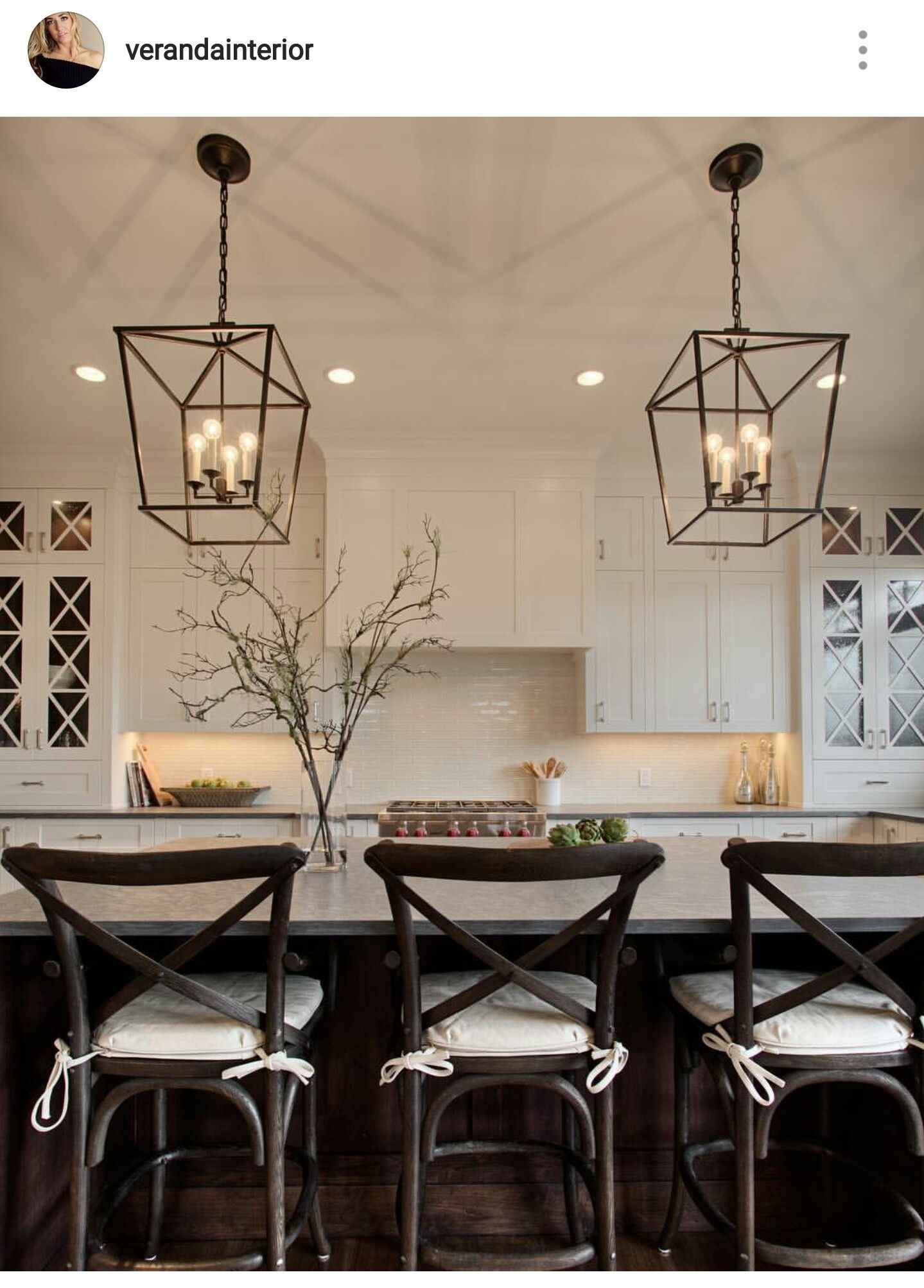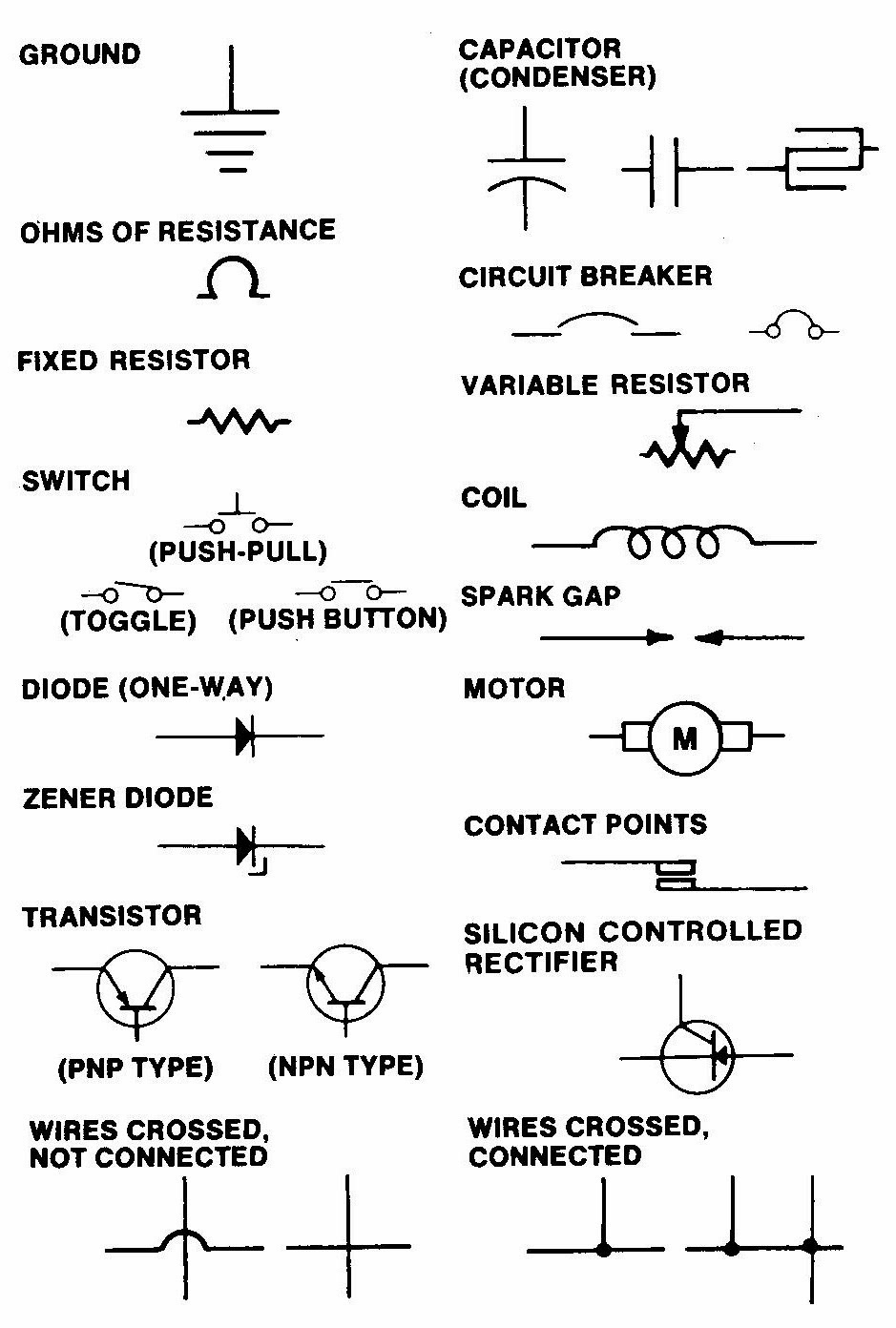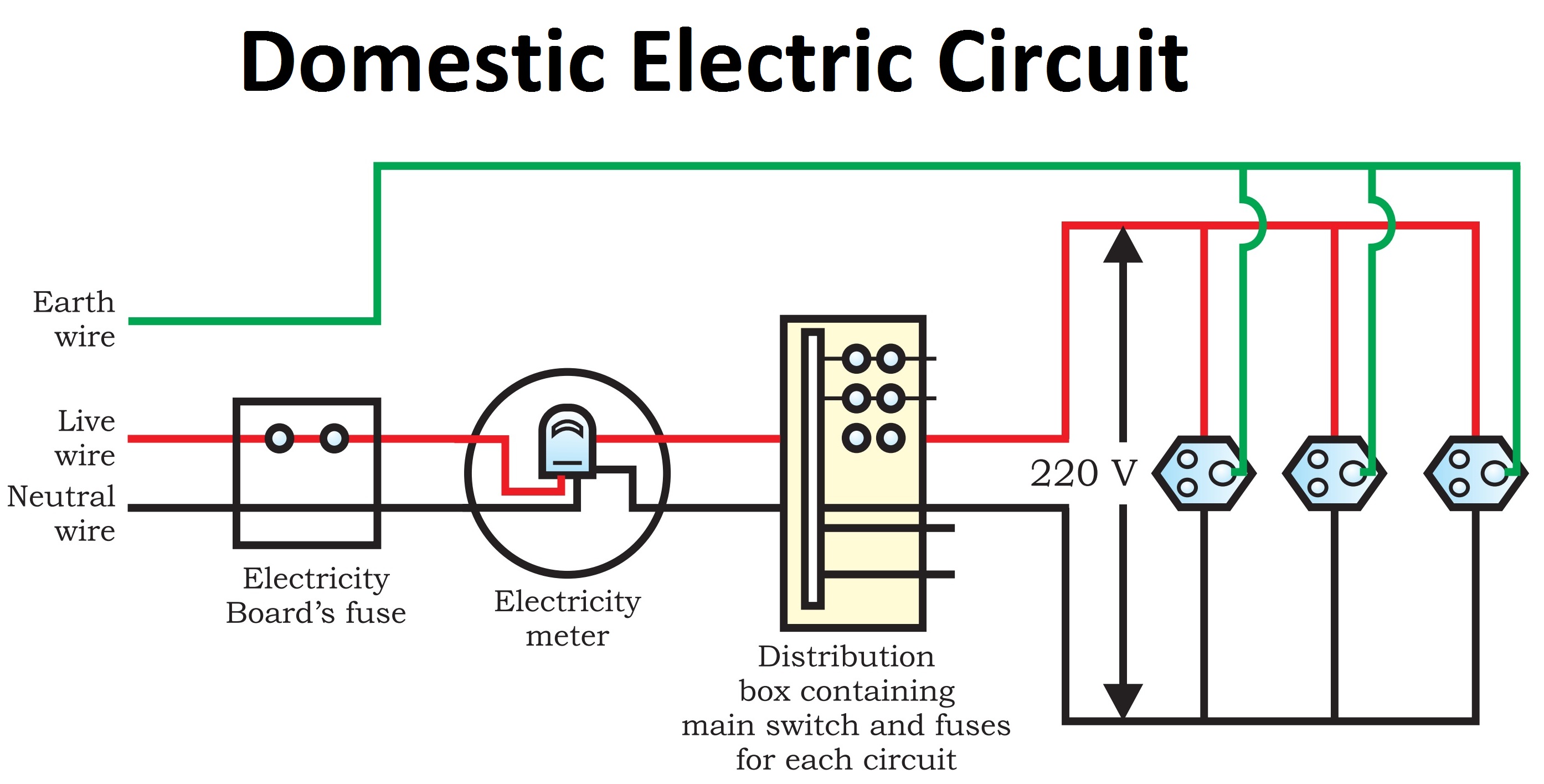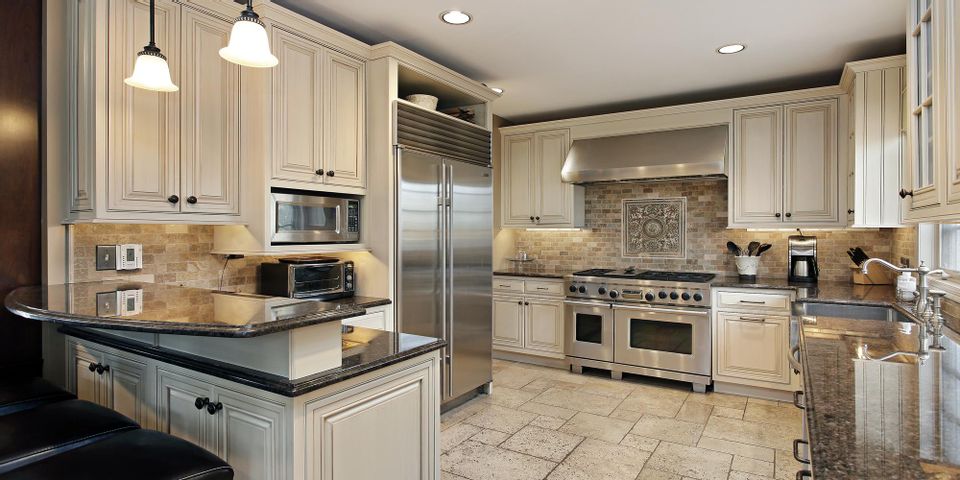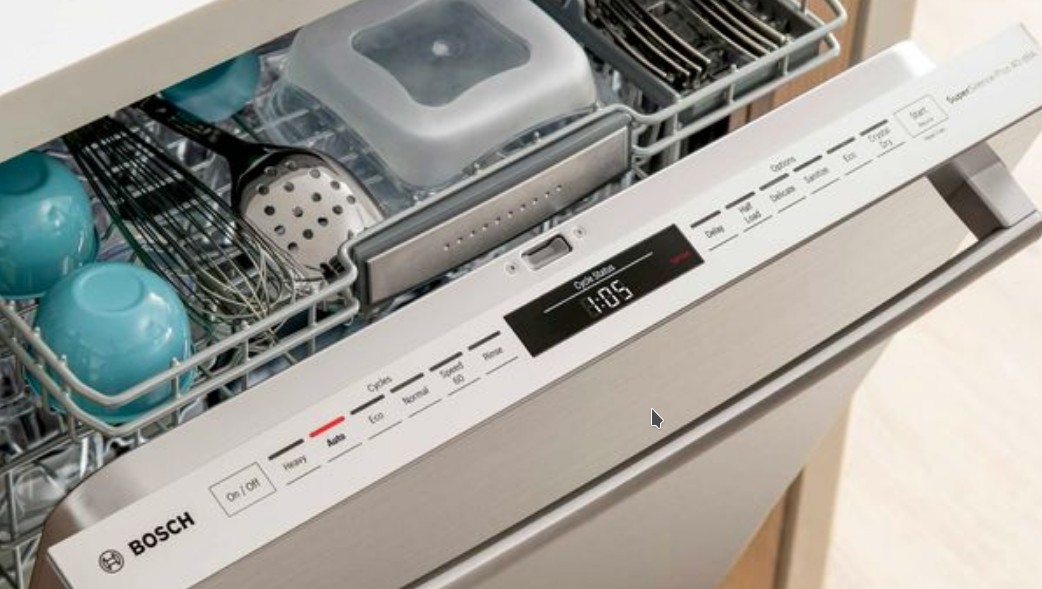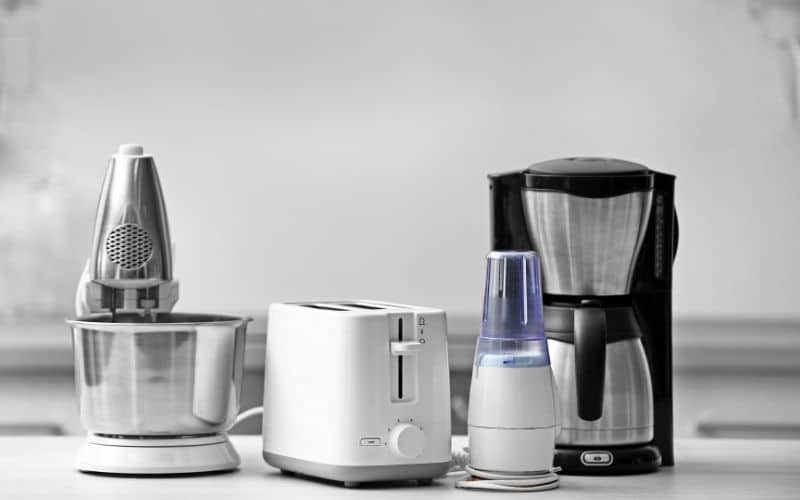1. Troubleshooting Common Problems with Your Kitchen Lights
If you're experiencing issues with your kitchen lights, you're not alone. Many homeowners encounter problems with their kitchen lighting, and it can be frustrating to deal with. However, before you reach for the phone to call an electrician, there are some simple troubleshooting steps you can take to try and fix the issue yourself.
Flickering lights are a common problem in kitchens that can often be resolved with a few adjustments. First, check to see if the light bulb is securely screwed in. Loose bulbs can cause flickering due to a poor connection. If the bulb is not the issue, try replacing it with a new one. Sometimes, a faulty bulb can cause flickering or even burn out quickly.
Another potential cause of flickering lights is a loose wire connection. If you feel comfortable doing so, carefully check the connections in the light fixture to ensure they are secure. If the wires are loose, tighten them gently with pliers. If you are unsure about handling electrical wiring, it's best to call a professional to avoid any safety hazards.
2. How to Fix a Flickering Kitchen Light
If your kitchen light is flickering, you may be able to fix the issue yourself by following a few simple steps. Start by turning off the power to the light at the circuit breaker. Next, remove the light bulb and clean the socket with a dry cloth. Sometimes, dust or debris can collect in the socket and cause poor connections, resulting in flickering. After cleaning, replace the bulb and turn the power back on. If the problem persists, it may be an issue with the wiring or the light fixture itself.
In some cases, dimmer switches can also cause flickering lights. If your kitchen light is connected to a dimmer switch, try adjusting the switch to see if the flickering stops. If it does, the dimmer switch may need to be replaced.
3. Common Causes of Flickering Kitchen Lights
Flickering lights can be caused by a variety of factors, including loose connections, faulty wiring, or a defective light fixture. It's important to determine the root cause of the issue to prevent it from happening again. If the problem is with the wiring, it's best to call a professional electrician to address the issue and ensure the safety of your home.
Another common cause of flickering lights is voltage fluctuations. This can occur when there is a high demand for electricity in your home, causing the voltage to drop. This can be a temporary issue and may not require any repairs. However, if you notice frequent voltage fluctuations, it's best to have an electrician inspect your home's electrical system to ensure everything is functioning properly.
4. How to Replace a Faulty Kitchen Light Bulb
If your kitchen light is not working at all, the first thing to check is the light bulb. Over time, light bulbs can burn out, and they may need to be replaced. Be sure to turn off the power to the light before attempting to replace the bulb. Once the power is off, carefully remove the old bulb and replace it with a new one. If the light still does not turn on, it may be a problem with the fixture or the wiring.
It's important to note that not all light bulbs are created equal. Be sure to use the correct wattage and type of bulb for your light fixture to avoid any potential issues.
5. Understanding the Electrical System in Your Kitchen
Many homeowners overlook the importance of understanding the electrical system in their homes. However, having a basic understanding of how electricity works can help you troubleshoot and prevent issues with your kitchen lights.
Circuit breakers play a crucial role in your electrical system. They act as a safety mechanism to prevent electrical overloads and short circuits. If your kitchen lights are not working, check the circuit breaker to see if it has tripped. If it has, simply flip the switch back on to restore power to the lights. If the circuit breaker continues to trip, it may be a sign of a larger electrical issue that requires professional attention.
6. Signs Your Kitchen Light Fixture Needs to be Replaced
If your kitchen light is frequently flickering or not working at all, it may be a sign that the light fixture needs to be replaced. Over time, light fixtures can become worn and damaged, causing them to malfunction. This is especially common in older homes with outdated fixtures.
When replacing a light fixture, it's important to choose one that is appropriate for the size and style of your kitchen. It's also essential to follow safety precautions and turn off the power to the light before attempting to replace it.
7. How to Check and Reset Your Kitchen Light Circuit Breaker
If your kitchen lights are not working, it's worth checking the circuit breaker to see if it has tripped. This can often be the cause of non-working lights and can easily be resolved by flipping the switch back on. However, if the circuit breaker continues to trip, it may be a sign of a more significant electrical issue that requires professional attention.
To reset the circuit breaker, first turn off all appliances and lights connected to the circuit. Next, locate the tripped breaker and flip it back to the "on" position. If the breaker continues to trip, it's best to consult with an electrician to address the issue.
8. Troubleshooting Tips for Non-Working Kitchen Lights
If your kitchen lights are still not working after trying the above steps, there are a few other things you can check before calling a professional. First, make sure the light switch is turned on. This may seem obvious, but sometimes it can be accidentally turned off or flipped off by a curious child or pet.
Next, check the wiring connections in the light fixture. Loose connections can cause the lights to not work, and they can often be easily fixed by tightening them with pliers. If you notice any damaged or frayed wires, it's best to call a professional electrician to address the issue.
9. How to Safely Replace a Kitchen Light Switch
If your kitchen light switch is not working, it may need to be replaced. This can be a relatively simple task, but it's essential to take proper safety precautions. Always turn off the power to the switch at the circuit breaker before attempting to replace it.
To replace a light switch, first remove the cover plate and unscrew the switch from the electrical box. Carefully disconnect the wires from the old switch and connect them to the new switch, following the same configuration. Once everything is connected, screw the switch back into the electrical box and replace the cover plate. Finally, turn the power back on at the circuit breaker and test the new switch.
10. When to Call a Professional for Kitchen Light Repairs
While many issues with kitchen lights can be resolved with some basic troubleshooting, there are times when it's best to call a professional electrician. If you are unsure about handling electrical wiring, it's always best to err on the side of caution and call a professional.
Additionally, if you notice any burn marks, buzzing, or strange odors coming from your kitchen light fixture, it's essential to call a professional immediately. These can be signs of a potentially dangerous electrical issue that requires immediate attention.
The Importance of Proper Lighting in a Well-Designed Kitchen

Illuminate Your Kitchen Design
 When it comes to designing a house, the kitchen is often considered the heart of the home. It is where we gather to cook meals, share stories, and create memories with our loved ones. As such, it is essential to create a functional and aesthetically pleasing space that meets our needs. One crucial aspect of kitchen design that is often overlooked is lighting.
Proper lighting plays a significant role in the functionality and overall ambiance of a kitchen.
When it comes to designing a house, the kitchen is often considered the heart of the home. It is where we gather to cook meals, share stories, and create memories with our loved ones. As such, it is essential to create a functional and aesthetically pleasing space that meets our needs. One crucial aspect of kitchen design that is often overlooked is lighting.
Proper lighting plays a significant role in the functionality and overall ambiance of a kitchen.
Lighting and Functionality
 We rely on our kitchens to perform various tasks, from chopping vegetables to washing dishes. Without adequate lighting, these tasks can become challenging and even dangerous.
That flickering can light or a light that is no longer working can make it difficult to see what we are doing, causing accidents and frustration.
Ensuring that your kitchen has proper lighting in all areas is crucial for its functionality. This includes overhead lighting for general tasks, under-cabinet lighting for food preparation, and task lighting for specific areas such as the stove or sink.
We rely on our kitchens to perform various tasks, from chopping vegetables to washing dishes. Without adequate lighting, these tasks can become challenging and even dangerous.
That flickering can light or a light that is no longer working can make it difficult to see what we are doing, causing accidents and frustration.
Ensuring that your kitchen has proper lighting in all areas is crucial for its functionality. This includes overhead lighting for general tasks, under-cabinet lighting for food preparation, and task lighting for specific areas such as the stove or sink.
Lighting and Ambiance
 Aside from functionality, lighting also plays a significant role in setting the ambiance of a space. In the kitchen, where we spend a lot of time, it is essential to create a welcoming and inviting atmosphere.
By using different types of lighting, such as warm ambient lighting and focused accent lighting, you can create a cozy and inviting atmosphere in your kitchen.
This is especially important for those late-night snack runs or when entertaining guests in the evening.
Aside from functionality, lighting also plays a significant role in setting the ambiance of a space. In the kitchen, where we spend a lot of time, it is essential to create a welcoming and inviting atmosphere.
By using different types of lighting, such as warm ambient lighting and focused accent lighting, you can create a cozy and inviting atmosphere in your kitchen.
This is especially important for those late-night snack runs or when entertaining guests in the evening.
The Solution to Flickering Lights
 If you are experiencing flickering lights or a light that is no longer working in your kitchen, it is essential to address the issue promptly.
This can be a sign of faulty wiring, a loose connection, or a burned-out bulb.
Ignoring the issue can lead to further problems or even potential safety hazards. It is best to consult a professional electrician to properly diagnose and fix the issue.
In conclusion, proper lighting is a crucial element in a well-designed kitchen. It not only enhances the functionality of the space but also sets the ambiance and mood. If you are experiencing issues with your kitchen lighting, it is best to address them promptly to ensure the safety and functionality of your space. With the right lighting design, you can create a beautiful and inviting kitchen that will be the heart of your home.
If you are experiencing flickering lights or a light that is no longer working in your kitchen, it is essential to address the issue promptly.
This can be a sign of faulty wiring, a loose connection, or a burned-out bulb.
Ignoring the issue can lead to further problems or even potential safety hazards. It is best to consult a professional electrician to properly diagnose and fix the issue.
In conclusion, proper lighting is a crucial element in a well-designed kitchen. It not only enhances the functionality of the space but also sets the ambiance and mood. If you are experiencing issues with your kitchen lighting, it is best to address them promptly to ensure the safety and functionality of your space. With the right lighting design, you can create a beautiful and inviting kitchen that will be the heart of your home.











